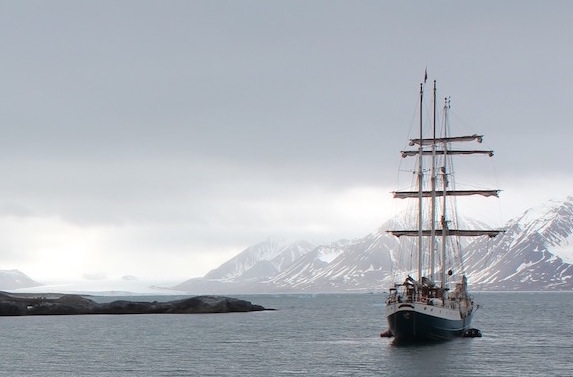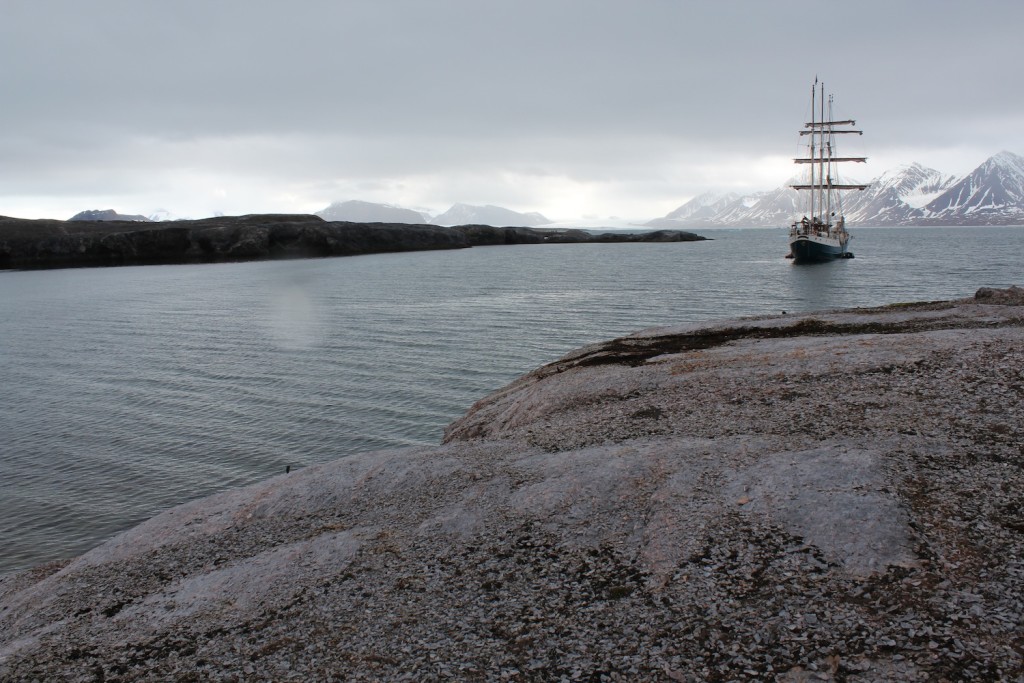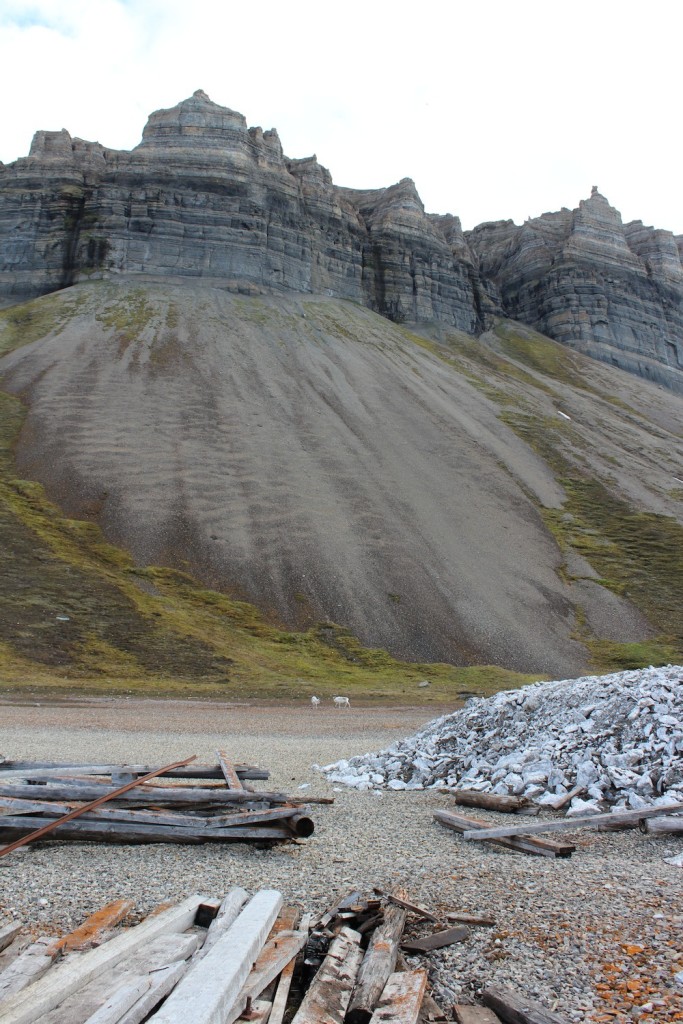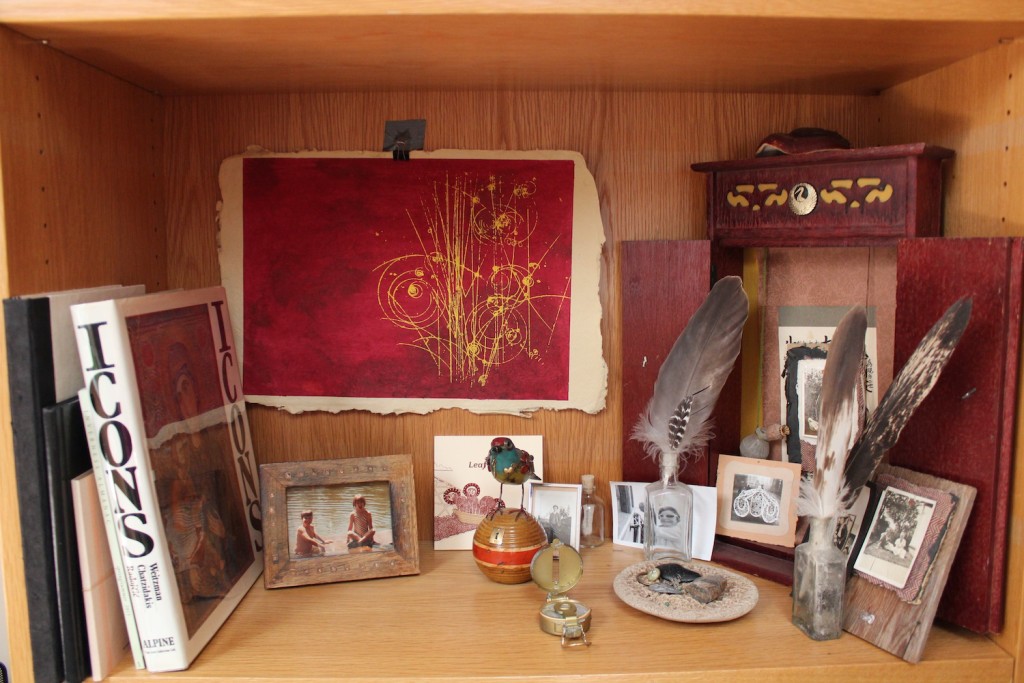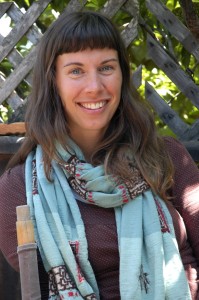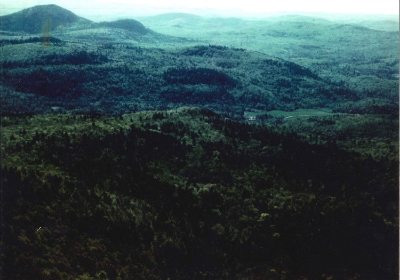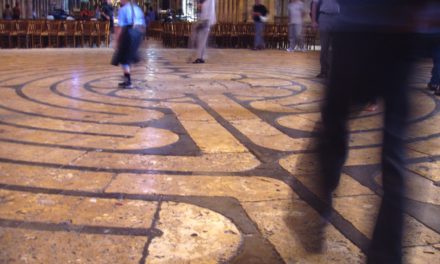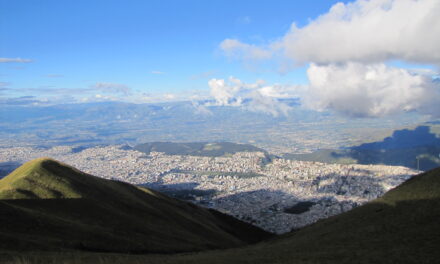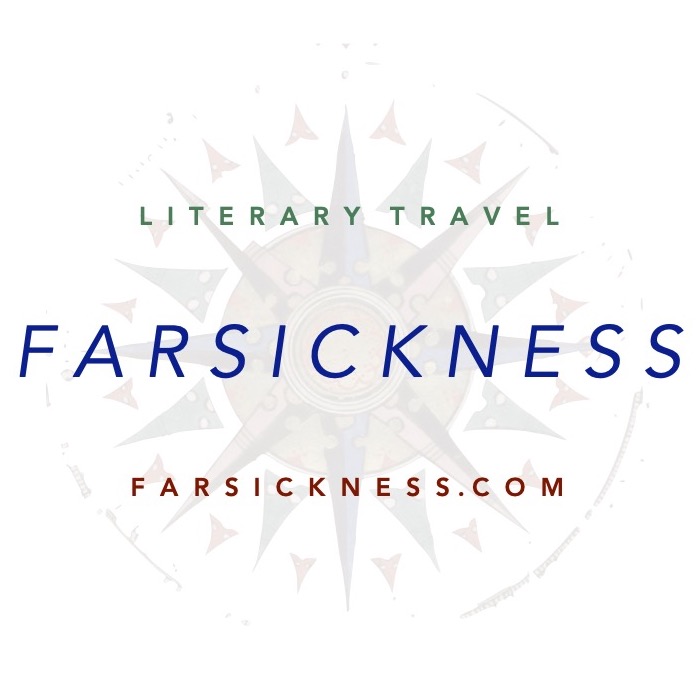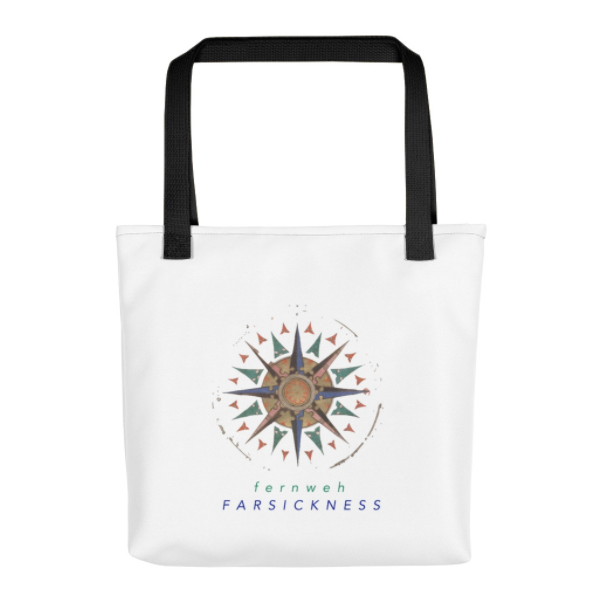Four Questions on Farsickness is an interview series with creative writers for whom place is essential to their work. Each writer answers the same four questions—and featured this week is award-winning fiction writer Stacy Carlson.
1. Share a little about where you’re from. When you were growing up, what place—real or imagined—most fascinated you, and why?
When I was a kid, I spent a great deal of time wandering in the woods and along the beaches of Decatur Island in the San Juan archipelago. The island is only three-by-five miles, so I had the privilege of real freedom—a rare experience, and one I never take for granted. I could walk and walk, and sooner or later I’d come to a place I recognized and from there, find my way home…or not. The island, covered in Pacific madrone, cedar, Douglas fir and maple, had contours of granite, layers of moss, and offered perpetually unfolding wonders: huge glacial erratics left by ancient forces; treasure troves of bones fallen from a bald eagle’s nest; harbor seals looking at me from the cold, green sound; flicker feathers, swallows’ nests, hidden grottos and freshwater springs. Once, I was “lost” on the island for many hours, and as I walked on and on in comfortable relationship with the island, my imagination was so free and far-reaching, I moved into a strange reality in which time slipped its course. I saw the shadows of magical beasts in my peripheral vision; was that a leather-clad rider on horseback moving through the trees? What elven people might live in these trees? This coupling of place and imagination has driven my work as a writer ever since.
2. What travel has been a particular inspiration to your work?
In the summer of 2013, along with 24 other artists and writers, I boarded the tall ship Antigua and sailed for two weeks up the west coast of Spitsbergen, the largest island in the Svalbard archipelago, located at 79 degrees north. Our course was determined by artist projects—some wanted to dance on the pack ice, others wanted to record the sounds of melting ice, some, like me, were just trying to take it all in. The journey was sponsored by The Arctic Circle, and for me it was a trip of a lifetime. Not only did I have the good fortune to live with incredible artistic camaraderie and support while traveling through one of the most astounding places on earth, but by the time I applied for the residency, I had been working on a novel set in Svalbard for several years. The most amazing and inspiring part was conflating the Svalbard I had been imagining for so long with the real thing. The trip was a tremendous gift and one I am still constantly reflecting on, absorbing, and translating into fiction. If you’d like to read more about my journey in Svalbard, go here.
3. Where do you “escape to” to recharge creativity?
My workshop. That’s not very exotic, is it? What’s true is that my life, like so many other makers and creative types, is an ongoing process of integrating disparate threads: generating an income, parenting, and the simple but never-ending day-to-day logistics of city life. To help myself stay true to my craft, I’ve curated a space (in a room within an outbuilding behind our apartment) that inspires me and where I come to not only write, but also to rest and daydream. Here are some of the totems and objects in my workshop.
Left to right:
- Three blank notebooks. They humble me and help me keep the long view in mind.
- The Inverness Almanac, a most inspiring literary journal.
- A book of Eastern European icon art given to me by my love.
- My brother and me as kids, swimming in a river in eastern Washington. I love the expression on my face; it reminds me to be playful and surprise myself.
- Leaf Litter #5: The Wolf Issue. They recently published the first excerpt from my novel-in-progress.
- Hanging: a screen print of subatomic particle trajectories made by artist/scientist Megan MacClellan.
- A bird carrying a key to the place where stories come from.
- Photos of my ancestors, including my maternal grandparents and two great aunts whom I never knew, but whom (according to the photos) enjoyed having picnics in overcast weather in the middle wild Pacific Northwestern thickets. They’re my muses, along with the mummer next to them.
- Raptor feathers and petrified sea creatures from the cretaceous era now turned to silicate stone.
- A numinous old button.
- A reminder to be true to my creative visions, in the form of a compass.
- Up top, a dry bracket fungus that would make excellent tinder if I ever need it.
4. Where would you most like to travel to next?
I would like to go where Очы-бала, or Ochy-bala, was buried. She lived 2,500 years ago, died young, and was put to rest in a burial chamber in the permafrost on the steppes of Altai, in Russia near the borders of China, Mongolia, and Kazakhstan. Her chamber filled with ice, and so preserved her body and clothing. They think she was a kind of shamanic storyteller. Her tattoos wind across her shoulders: reindeer with birds perched on their spiraling antlers, rams, fish, and pictorial stories no one living knows how to read. Her clothing is elegant, powerful. I want to walk where she walked. The Altai Mountain region is a cradle of life; incredible plant diversity, snow leopards, the Denisova cave, vast open steppes and high mountains. So many different human cultures are indigenous to the Altai region—including several ethnic groups whose men and women hunt on horseback using eagles for falconry. I would love to travel on foot through parts of this area.
Stacy Carlson is the author of Among the Wonderful. Her work has also appeared in Tin House, Post Road, Inkwell, Sparkle+Blink, and elsewhere. She is the recipient of fellowships from Djerassi Resident Artists Program, Signal Fire, and The Arctic Circle. She received the Dana Portfolio Award, given for three book-length manuscripts, and was a contributing author for the collection In Pieces: An Anthology of Fragmentary Writing. Stacy’s background includes work as a historical ecologist, fish cannery worker, hot springs caretaker, field crew on a bird refuge, and wilderness guide in Big Sur. She was only 23 miles away from Mt. St. Helens when it erupted in 1980, and she credits that experience as the reasons she became a storyteller. Find her online at stacycarlson.com.

